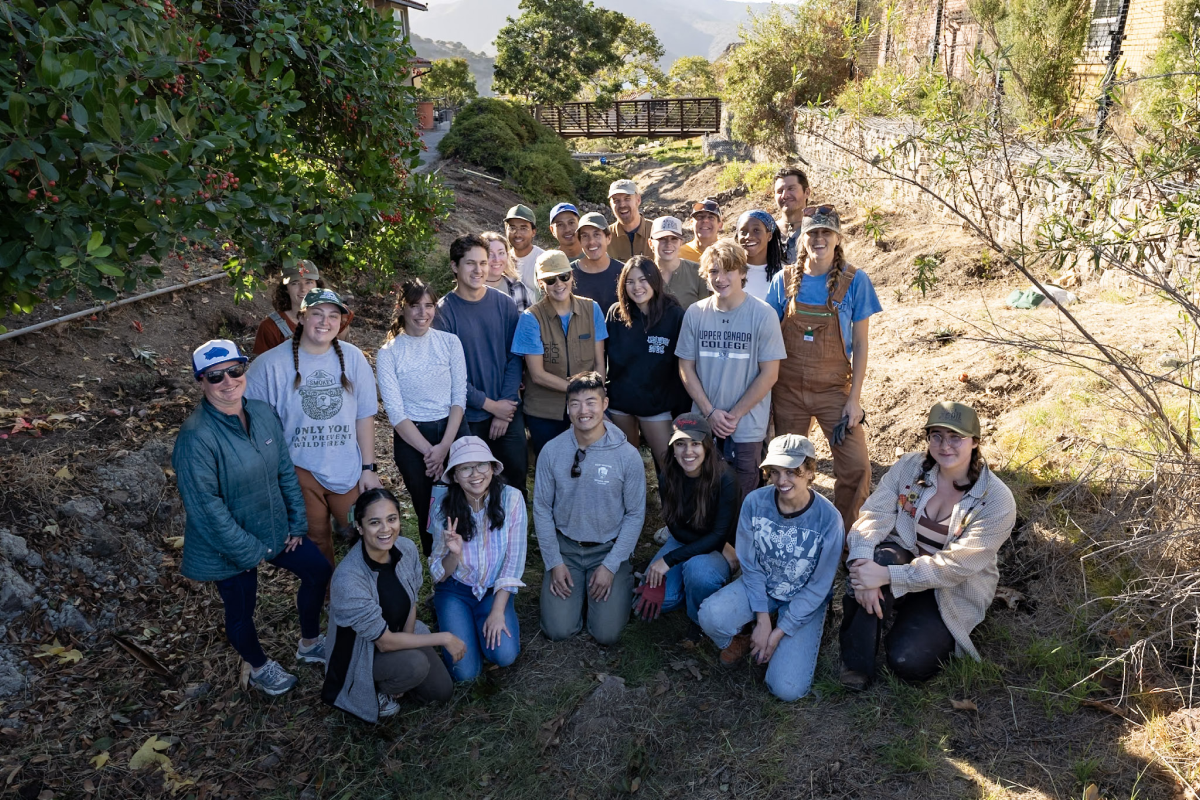The Wrigley Marine Science Center (WMSC), USC Wrigley Institute for Environment and Sustainability’s satellite campus, is situated in a unique location that makes it ideal for research and educational activities–but that location also poses some special challenges for the campus’s operational sustainability. Now, a collaboration between the Wrigley Institute and USC’s School of Architecture is providing students with hands-on research experience while also helping to solve one of those sustainability challenges.
WMSC is situated at the edge of Big Fisherman Cove, a “no-take” marine protected area (MPA) where human activity is regulated to conserve biological diversity and provide a sanctuary for marine life. The cove is also an Area of Special Biological Significance (ASBS), meaning that it is heavily monitored by the state to ensure that water conditions remain pristine.
Given that the facility is in an ecologically important location, a significant part of Lauren Oudin’s role as the Wrigley Institute’s scientific operations manager is to implement best management practices to ensure that the cove continues to meet state requirements, despite the busy schedule of activities that take place at WMSC.
Beyond ensuring sustainable operations, Oudin and the Wrigley Institute team face another significant challenge: Catalina Island has abundant naturally occurring metals that bind to the particulates in the native soils. Especially when the campus experiences heavy rainfall, water that flows through WMSC’s Green Ravine (a rocky culvert that cuts vertically through the middle of campus) can carry those sediments down to the cove, potentially affecting water quality in the MPA and ASBS.
That’s where Test Plot, a community land-care initiative under the Landscape Architecture + Urbanism program at the USC School of Architecture, comes in. This fall semester, the Wrigley Marine Science Center’s Green Ravine was the focus of an experimental, project-based Test Plot class led by associate professor and landscape architect Alexander Robinson. Throughout the semester, Test Plot students surveyed the site, conducted interviews with stakeholders, and co-designed ways to reinvigorate the Green Ravine with native plants donated by the Catalina Island Conservancy to help address the challenges facing the campus.
